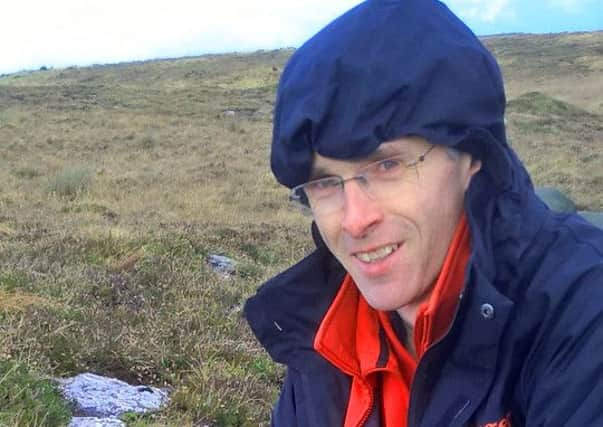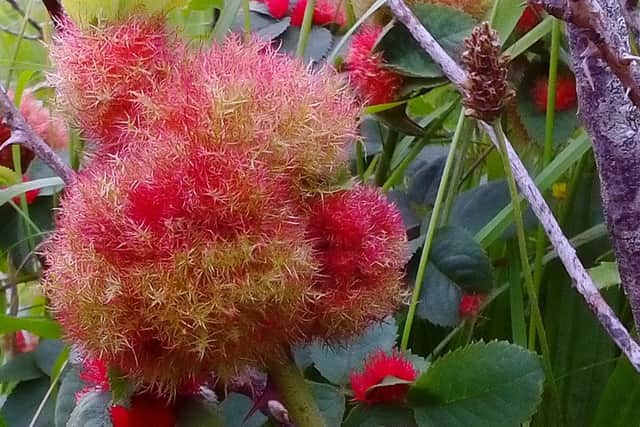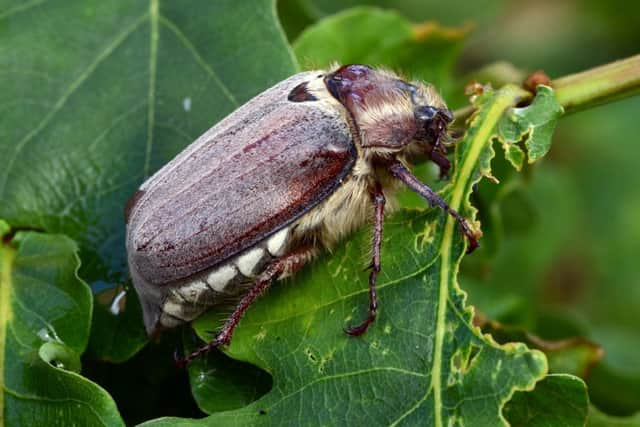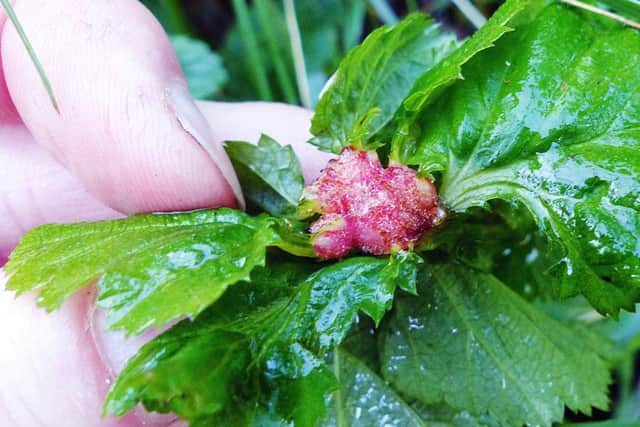National Trust North Coast celebrates year of wildlife discoveries


Last year the National Trust, Northern Ireland’s largest conservation charity, gathered over one thousand species records during a ‘BioBlitz’ at White Park Bay, and another thousand records in regular surveys and everyday observations - with some interesting results.
During a survey at White Park Bay, National Trust Area Ranger and conservation expert, Dr Cliff Henry, made an accidental discovery that was more exciting than first suspected.
Advertisement
Hide AdAdvertisement
Hide AdWhile photographing interesting lifeforms on the leaves of a primrose, Dr Henry’s attention was drawn to the bulbous formations on a neighbouring meadowsweet plant.


The unsightly bumps (or ‘gall’) in the plant tissue were later identified as rough meadowsweet gall – home to a colony of gall fly larvae.
The larvae develop from eggs laid on the plant by the tiny female fly which then burrow into the leaves and stem of the plant. Here they benefit from nutrients, and are also protected from predators.
“It was only after trying to identify the gall on meadowsweet that I realised how rare it actually was,” explained Dr Henry.
Advertisement
Hide AdAdvertisement
Hide Ad“Not only was it a first for Northern Ireland and Ireland, but also for the entire British Isles, We also learned that it is very rare in Europe with only one record in Denmark in 2015.”


While everyone else may have lamented the wet summer, and were perturbed by the unseasonable warmth of autumn, the conditions were ripe for the gall fly.
“The larvae crawl out of the gall in the autumn and are thought to need waterlogged conditions to make their cocoon before emerging the following year,” said Dr Henry.
Other remarkable recordings by Dr Henry at the Giant’s Causeway include the first Northern Ireland record of the Pygmy Sorrel moth and several other types of plant gall, including the second Northern Ireland record of a burnet rose gall and the third Northern Ireland record of a Robin’s pin cushion gall.
Advertisement
Hide AdAdvertisement
Hide AdAt the North Coast BioBlitz, held at White Park Bay last June, wildlife experts from all over Northern Ireland - most notably from CEDaR (the Centre for Environmental Data Recording in Belfast) - worked closely with National Trust staff, students, volunteers and visitors to record as many species of plants, fungi, lichen, birds, spiders, beetles, butterflies and moths they could find in 24 hours.


One of the amazing finds from White Park Bay was a rare beetle, the Forest chafer, not seen alive in Ireland in over a hundred years. White Park Bay buzzed with the activity of experts sharing their knowledge and enthusiasm with visitors and participants. The final total of species records was 1168.
“I always knew the habitats managed by the National Trust were of excellent quality,” said Dr Henry, reflecting on an unprecedented year of rare species finds.
“The ranger team on the North Coast work very hard to try to keep all of the habitats in good condition for all of the important species that live here.”
Advertisement
Hide AdAdvertisement
Hide AdLooking forward to 2016, Dr Henry said he and his team on the North Coast are excited about what else will be unearthed in the local ecosystem, so naturally rich in biodiversity.
“The discoveries in 2015 – particularly the Forest chafer – makes me think that there are more and possibly rarer still species lying in wait out there still to be discovered,” concluded Dr Henry.